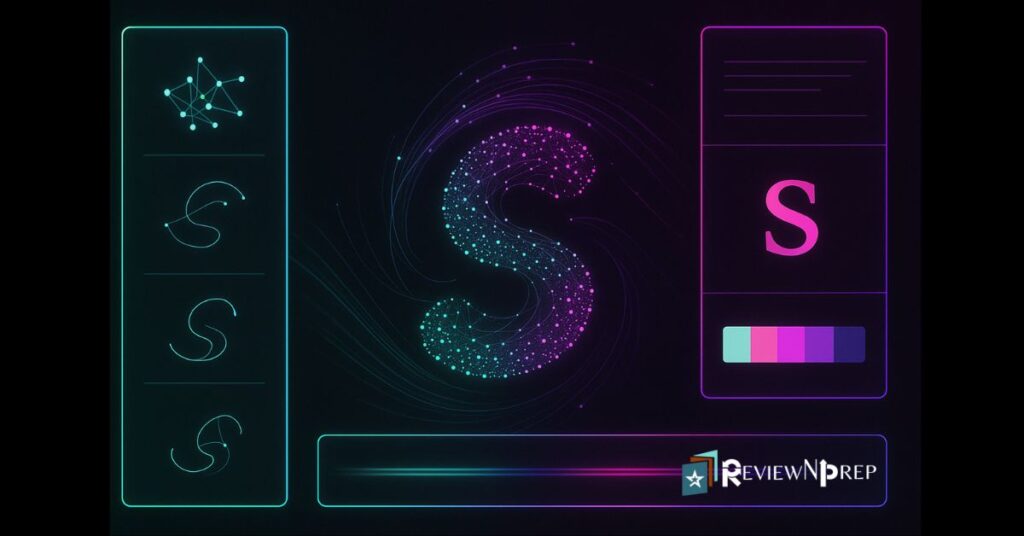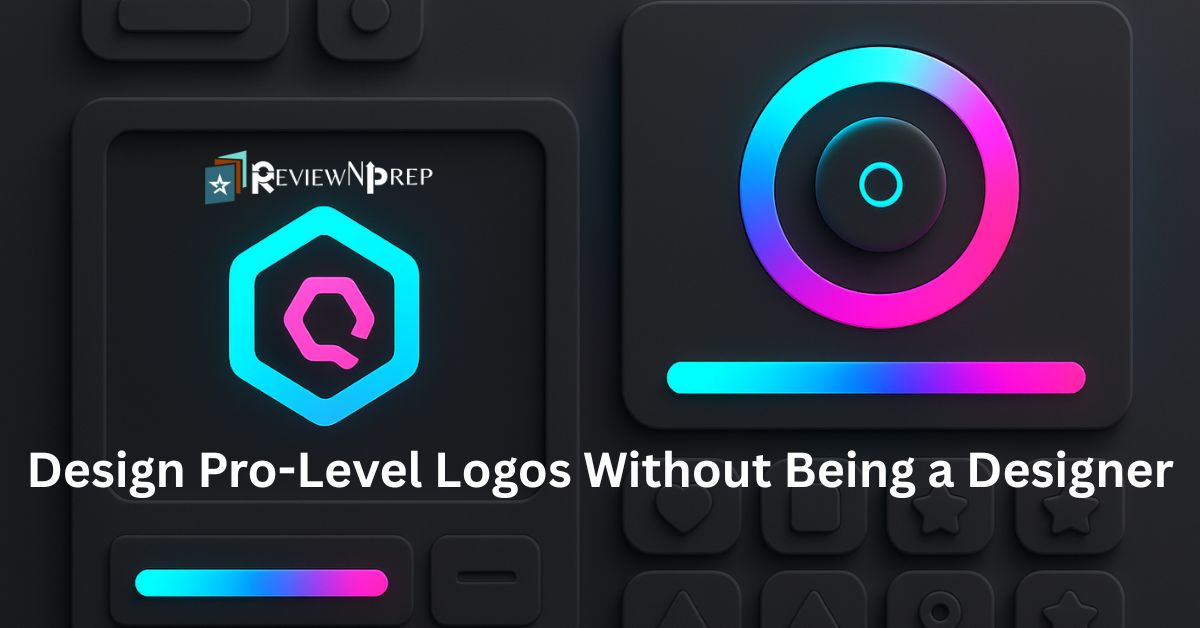You don’t need a design degree to create a logo that looks clean, modern, and professional. Thanks to powerful AI tools, anyone—from developers to startup founders—can now design brand-ready logos in minutes. Whether you’re building a SaaS product, launching an online store, or creating a personal brand, the right logo creator can make your business look like it was branded by a top-tier designer.
In this article, we’ll explore how a next-gen logo creator helps you design like a pro—without the stress, delays, or high costs of traditional branding.
This article was prepared by a Turbologo expert.
Why a professional-looking logo still matters
Logos are more than just decorative graphics—they’re brand anchors. A well-crafted logo tells your audience who you are, what you value, and how you want to be remembered. It’s the first thing people notice on your website, pitch deck, app icon, or product packaging.
Here’s what a professional logo accomplishes:
| Benefit | Why it matters |
| Visual credibility | Builds trust instantly with clients and users |
| Consistency | Creates a cohesive look across platforms |
| Brand recognition | Makes your product easier to remember and recommend |
| Scalability | Works across different formats: mobile, print, digital |
But how do you design a logo that looks polished—without hiring a full-time designer or learning Adobe Illustrator? That’s where smart logo creators come in.
What is a logo creator, and how does it work?

A logo creator is a digital tool—often powered by AI—that guides you through the process of building a logo by combining professionally designed elements. An AI logo generator lets you skip the blank canvas by inputting a few key details:
- Brand or business name
- Industry or product type
- Style preferences (modern, playful, classic, minimal)
- Optional color palette and slogan
The tool then generates dozens of customized logo designs based on your input. From there, you can refine and customize the design—adjusting typography, layout, color, and icon—to match your brand’s personality.
The result: a ready-to-use, high-resolution logo that feels like it came from a professional studio.
Why this tool makes you look like a designer (even if you’re not)
Professional designers follow specific principles: balance, hierarchy, contrast, scalability. The best logo creators bake these rules into their logic so your design stays clean and polished no matter what you choose.
Built-in design intelligence
• Smart font pairing
You won’t accidentally mix clashing typefaces—the system suggests harmonious combinations.
• Icon-to-text alignment
Your logo looks balanced whether the icon is above, beside, or integrated into the wordmark.
• Color logic
You get visually appealing palettes that work on both light and dark backgrounds.
• Layout optimization
Spacing, kerning, and element size are automatically adjusted for visual harmony.
• Real-time previews
See how your logo looks on business cards, apps, websites, or social media headers.
What you’re getting is not just automation—it’s assisted creativity with pro-level constraints.
Example: designing a logo for a fintech MVP
Imagine you’re launching a budgeting app called ClearFlow. You want a logo that feels modern, trustworthy, and clean. Here’s how you might use the logo creator:
- Enter the name “ClearFlow” and select “Finance” as your category
- Choose a color scheme with blues and neutrals
- Pick a minimalist style
- The tool suggests logo concepts with icons resembling water flow, graphs, or digital waves
- You choose a layout with a sans-serif font and adjust the color tone to soft navy
- Download the logo in PNG, SVG, and social sizes
You’ve just designed a logo that looks like it came from a design agency—in under 15 minutes.
Who benefits most from using a logo creator?
While anyone can use these tools, certain users get particular value:
- Solo developers launching personal tools, plugins, or apps
- Startup founders validating MVPs and investor decks
- E-commerce sellers creating quick brand assets for stores or packaging
- Marketers building brands for newsletters or content projects
- Agencies prototyping identity options before full-scale branding
Even internal teams can use them to brand dashboards, internal tools, or documents—no need for in-house designers.
Features to look for in a pro-level logo creator
| Feature | Why it’s important |
| Customizable templates | Ensures you can tweak every element to suit your voice |
| High-res exports | Allows you to use your logo in both digital and print formats |
| Brand kit support | Includes color codes, fonts, and usage guidelines |
| Versatile icon library | Helps you find industry-relevant visuals that feel original |
| No design skills required | Makes it accessible even for non-creatives |
Pro tip: Look for platforms that offer logo previews across contexts. Seeing your design on a t-shirt, browser tab, or mobile screen reveals a lot about its effectiveness.
How to make your DIY logo feel like pro branding
The secret isn’t in using complex tools—it’s in applying simple design thinking:
• Think in tone, not trend
Start by defining your brand’s voice: Is it friendly, corporate, bold, calm? Let that guide the style.
• Choose timeless over trendy
Minimal, geometric, or typographic logos last longer than overly detailed illustrations.
• Keep it legible
Your logo should be clear at any size—from app icon to poster.
• Use white space wisely
Don’t overcrowd. Space helps your design breathe and look more premium.
• Test before you commit
Download previews and share with a few neutral people. Ask what it makes them feel.
When your logo communicates clearly and aligns with your audience, it will always feel professionally made—even if you built it yourself.
Further Reading:

